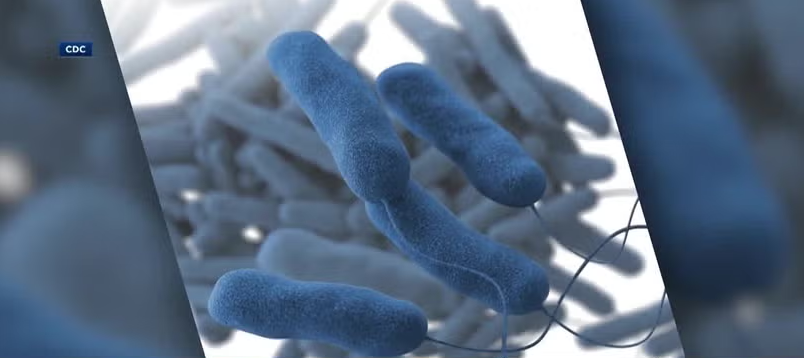Marshall County cases of Legionnaires’ disease rise as hunt for elusive source continues

By Suzanne Behnke
Click here for updates on this story
MARSHALLTOWN, Iowa (KCCI) — Searching for a source of Legionnaires’ disease sounds a little like hide and seek.
State health officials are trying to figure out what’s causing more cases of the illness in Marshall County where, as of Tuesday, there have been 34 confirmed cases, including one death.
The disease spreads by inhaling bacteria-contaminated water droplets.
At this time, a source or sources have not been identified.
“There’s a lot of different possibilities here at this point, and I hope the investigation narrows it down,” said Caitlin Proctor, assistant professor at Purdue University.
The nature of Legionella, the bacteria that cause the illness, can make it tricky to track down. Legionella seems to prefer late summer and early fall, when temperatures are warmer. It can also be fickle in its location.
“We can be in investigating systems and, and one building in the system has a Legionnaires’ problem, and the next-door building does not … or one floor of a hospital has a problem and the next floor does not,” Proctor said.
Another factor that can lengthen the investigation is looking for and testing for the strain that is causing the illnesses.
So far, there’s been no sign of the bacteria in Marshalltown’s water treatment facility, said its director, Zach Maxfield.
Proctor did share some ways to limit exposure.
They include running the hot water in a shower for 30 seconds or so before getting in the shower.
She also said hot water heaters could be turned up to 140 degrees Fahrenheit.
Health officials want to stress that Legionnaires’ disease is not contagious. It takes between two and 10 days after being infected to show symptoms. That can also make it hard to find a source.
Symptoms include headache, fever and muscle aches, among others. Health officials have said that if you have symptoms to seek medical help.
According to Proctor, most city water treatment systems will kill the Legionella bacteria, but cannot stop it from growing further down the water distribution system in areas like cooling towers or individual service lines.
“Even in the best managed systems, it happens,” Proctor said. “It’s kind of a natural thing… It’s bound to grow there.”
But once the investigating authorities find the bacteria, it’s still not guaranteed to be the source causing the sickness. If a growth of the bacteria is found, authorities will need to consider that the bacteria may have originated further up the service system.
There are also potential causes for the outbreak besides water contamination, such as large air-conditioning systems, open bodies of water, and more that authorities will consider in the investigation.
Please note: This content carries a strict local market embargo. If you share the same market as the contributor of this article, you may not use it on any platform.